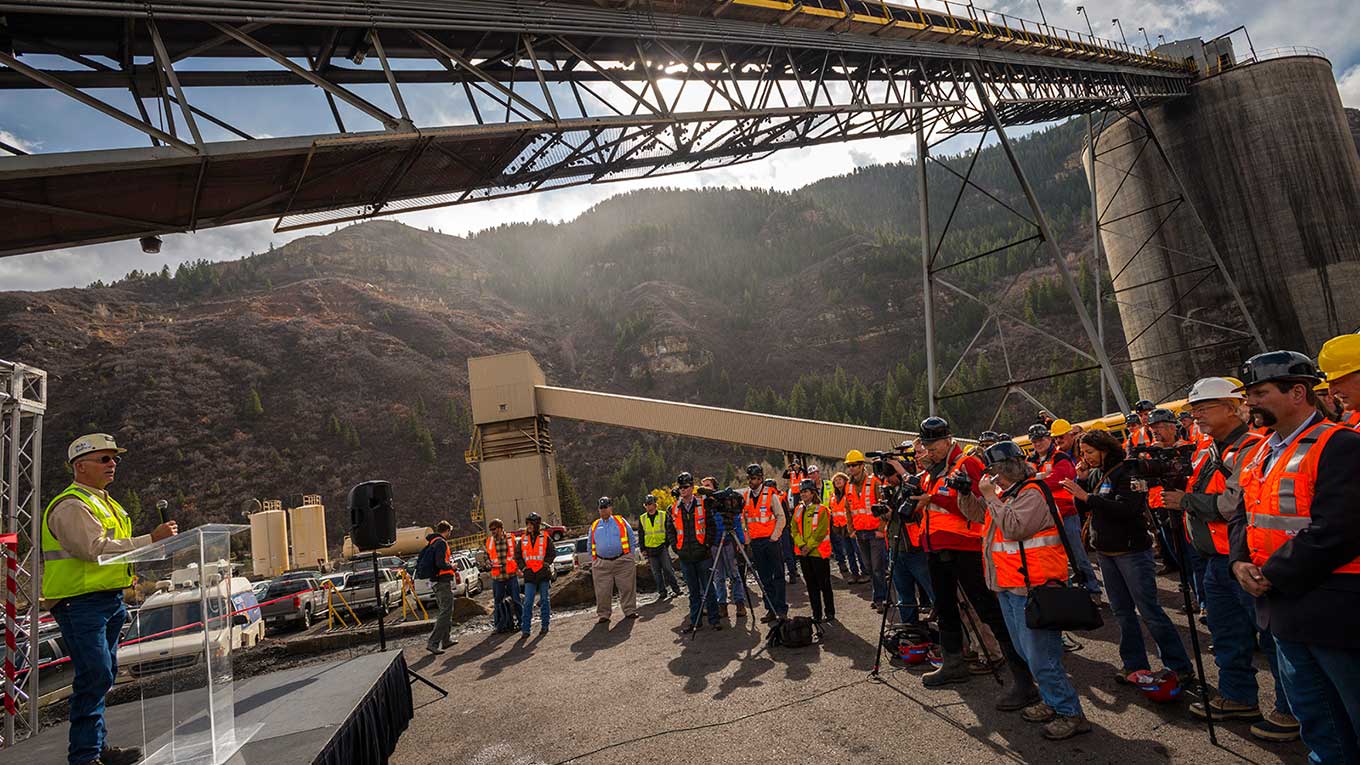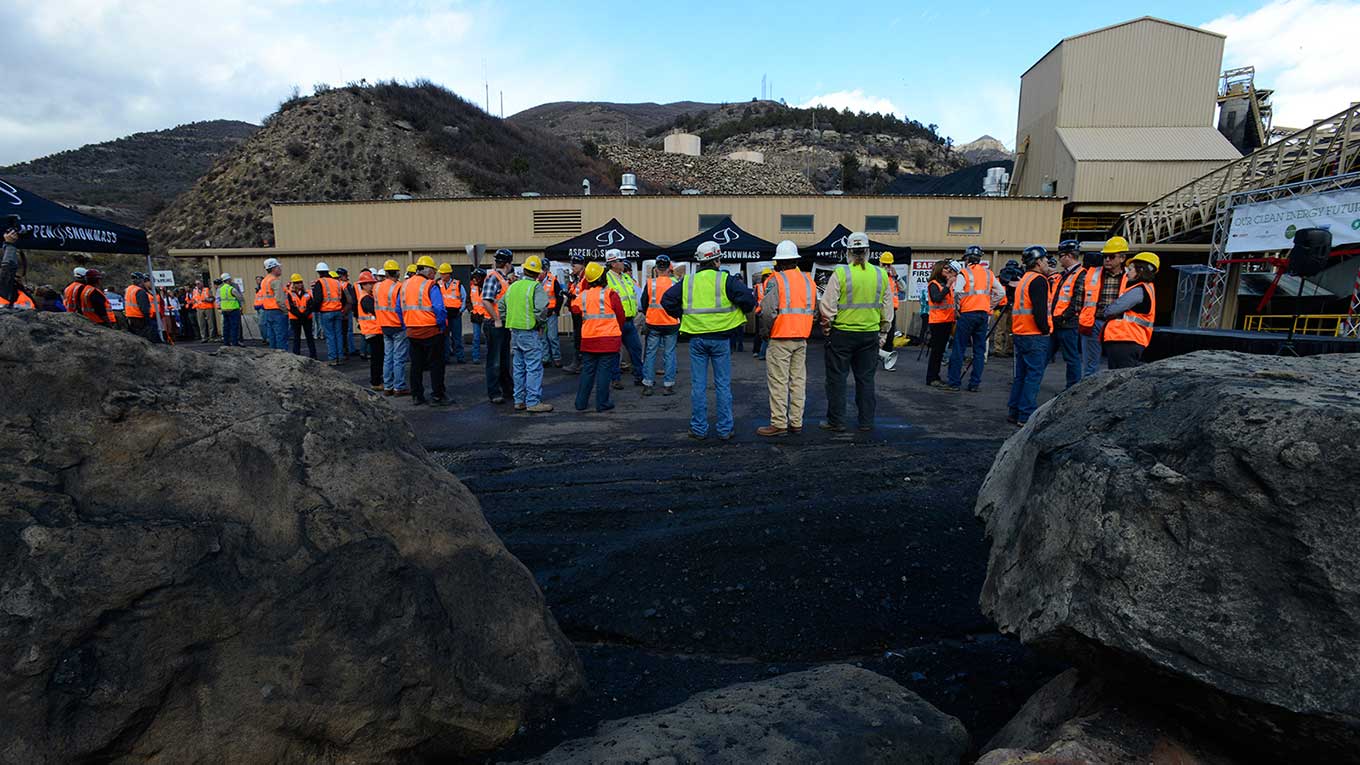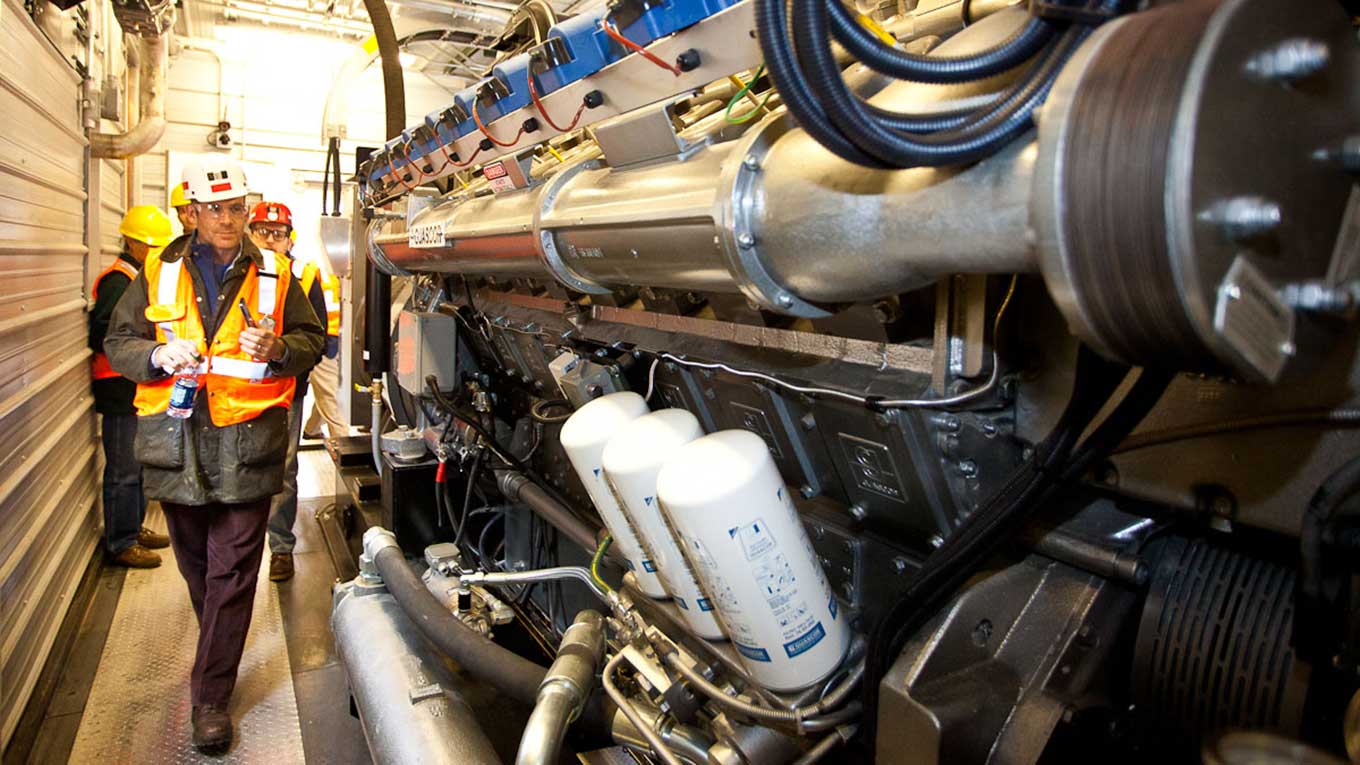Capturing Coal Methane To Power Operations

In 2012 Aspen Skiing Company partnered with Oxbow’s Elk Creek Mine, Holy Cross Energy, and Vessels Carbon Solutions to convert waste methane from a coal plant in Somerset, Colorado, located an hour away from Aspen, into usable electricity, reducing greenhouse gas emissions and generating financial return along the way. While the $6 million investment’s goal was to generate carbon negative electricity, it’s also acted as an experiment—could this model work at on a larger scale?
To demonstrate the success of this project, ASC released a report in March of 2021 on the plant’s history and what the results have been. According to the report, the mine produces three megawatts of baseload power, which is as much energy as ASC uses annually at all four of its resorts, including hotels and restaurants. The electricity generated and the carbon offsets flow into the utility grid, not to ASC directly, greening the entire regional grid.
“We had always said, ‘Look, if we legitimately care about our own impact, we need to figure out a way to do clean energy in some fashion that isn’t token,’” said Auden Schendler, Aspen Skiing Company’s senior vice president of sustainability.
“We had always said, ‘Look, if we legitimately care about our own impact, we need to figure out a way to do clean energy in some fashion that isn’t token,’” said Auden Schendler, Aspen Skiing Company’s senior vice president of sustainability.
"We had always said, 'Look, if we legitimately care about our own impact, we need to figure out a way to do clean energy in some fashion that isn’t token.'”
–Auden Schendler
Senior Vice President of Sustainability
Aspen Skiing Company
–Auden Schendler
Senior Vice President of Sustainability
Aspen Skiing Company
Since this project started, it has prevented the emission of 250 billion cubic feet of methane annually into the atmosphere – mitigating a huge problem when it comes to global warming. This is equivalent to removing 517,000 passenger vehicles from the road for a year. On the financial front, this methane-to-electricity project produces between $100,000 and $150,000 in revenue per month from electricity and carbon credit sales to Holy Cross Energy. After nearly ten years, ASC has only about $750,000 remaining to pay off its initial investment of $5.34 million—proving this model could be a viable option for other businesses or municipalities.
This project is currently the only one of this size in the United States. “We have learned a lot from this project and will continue to work on developing innovative solutions to this global crisis,” says Matt Jones, Aspen Skiing Company’s chief financial officer.
This project is currently the only one of this size in the United States. “We have learned a lot from this project and will continue to work on developing innovative solutions to this global crisis,” says Matt Jones, Aspen Skiing Company’s chief financial officer.




